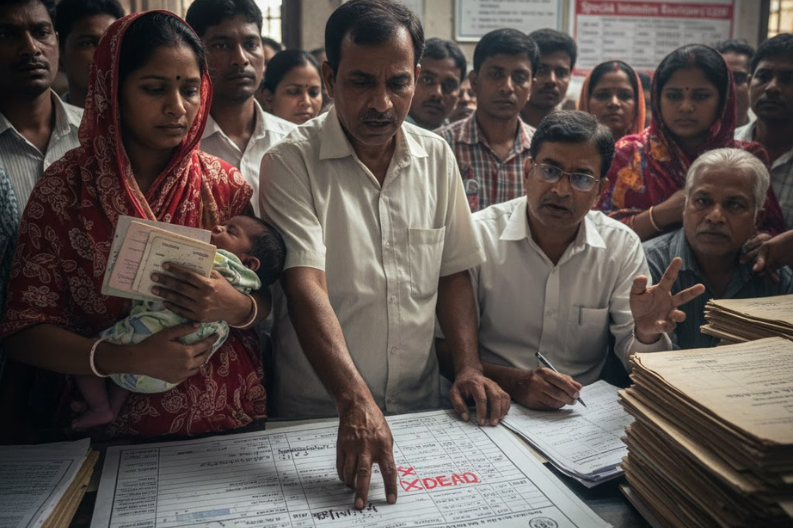15 arrested during protest for clean air in Delhi as rising pollution continues to worry people across the National Capital Region. The latest protest took place in the C-hexagon area near India Gate. Police detained 15 protesters after they ignored repeated warnings to leave. Officers took them to Parliament Street Police Station for medical checks. The situation grew tense when the group tried to push past barricades.
Police said the protesters ignored instructions even after officers explained that ambulances needed a clear path. Traffic started slowing down, so officers stepped in to stop more disruption. Some protesters also used pepper spray on the police. Three to four officers felt severe irritation and went to the hospital for treatment.
Another police team stopped more protesters near India Gate and outside the station. The gathering stayed peaceful at first. However, tension rose when several protesters sat on the road and refused to move. Traffic pressure increased quickly in the busy area, and emergency teams struggled to manage the flow.
This demonstration came only a few days after a similar protest on November 9. People demanded strong action against the “air emergency.” Many residents now feel frustrated because pollution keeps rising across Delhi and nearby cities.
Several parts of Delhi are showing Air Quality Index readings between 300 and 400. Some areas even crossed 400, which falls in the “severe” category. NCR cities also reported high levels. Faridabad stood at 358. Gurugram reached 370. Ghaziabad recorded 355. Greater Noida stayed at 342. Noida climbed to 372, which raised even more health concerns.
As the air grows thicker, doctors are warning people to reduce outdoor activity. Many children and older residents are coughing more and facing eye irritation and breathing problems. Experts say conditions may stay dangerous unless wind speeds rise soon.
The Commission for Air Quality Management reviewed the situation and updated the Graded Response Action Plan. The team decided to launch severe-level measures earlier, starting from Stage III. These steps include placing more traffic personnel at busy points, improving power supply to reduce diesel generator use, adding more CNG and electric buses, and offering flexible travel fares to reduce rush-hour crowds.
Government offices in Delhi, Gurugram, Faridabad, Ghaziabad, and Gautam Buddh Nagar now follow flexible working hours. Many departments reduced the number of employees on-site. Private companies also received advice to allow 50 percent of their staff to work from home to help cut emissions.
Health officials are urging people to stay indoors when possible, use masks, and run air purifiers regularly. Environmental groups say Delhi needs stronger teamwork between the government and the public to tackle this crisis. With growing pressure from residents, 15 arrested during protest for clean air in Delhi, shows how urgently people want solutions and cleaner air.



